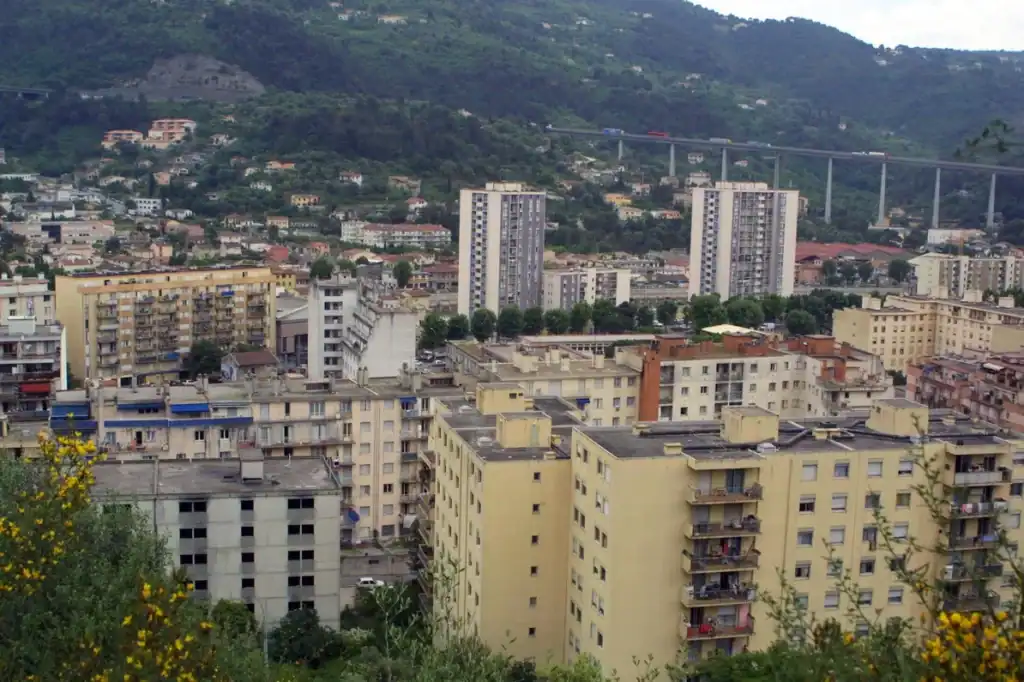I arrived in Nice like all tourists: dazzled by the glamour of the Promenade des Anglais, the charm of the old town, and the Mediterranean sun reflecting off spotless façades. Gucci bags everywhere, stylish people sitting on terraces with an espresso in hand, the scent of sea salt mixed with expensive perfume.
My host mother’s apartment was in one of the “respectable” neighborhoods, as was the language school.
This was the Nice you see in travel guides.
The Nice where everything feels like a beautiful dream.
And then there was Clay.
The First Encounter
I was on my way home from language school, lost in thought, when someone spoke to me:
“Excuse me, do you have a lighter?”
I shook my head and kept walking.
“Wait, you’re not from here, are you?”
I stopped.
Mistake number one.
The conversation that followed was trivial. Small talk. Nothing I can actually remember.
But when I left, his number was in my pocket.
And—far more importantly—he had mine.
From the Promenade to L’Ariane
Clay lived in a completely different Nice than the one I had come to know.
And he wanted to show me that side.
Just a few bus stops away from the polished postcard version of the city was L’Ariane — and it was a whole different world.
No tourist destination.
A grey maze of tower blocks, broken streets, and a palpable sense of resignation that clung to the walls.
A place few would enter voluntarily unless they lived there.
One of the families Clay introduced me to lived on the 14th floor of one of these buildings. The elevator was broken.
My first task upon arrival?
Helping Clay’s 14-year-old cousin carry groceries and three small children up fourteen flights of stairs.
I remember thinking:
How is something like this possible in wealthy Europe?
And yet — the people in L’Ariane were the complete opposite of their surroundings.
The buildings were run-down, yes.
But inside: life. Laughter. Warmth.
Children ran through narrow hallways, voices echoed through open windows.
It was dirty, loud, vibrant.
And somehow human.
I had stepped out of my carefully curated language-study experience —
and landed in a world I had never expected.
Clay’s Shadow: Stalking That Wouldn’t Stop
At the time, I didn’t understand what I was really allowing to happen.
Clay seemed harmless. A quirky encounter. A story to tell later.
An unexpected detour on my way to French perfection.
Then I left Nice.
And thought that was the end of it.
It wasn’t.
What followed was a long, exhausting period —
stalking.
I’ve never used that word publicly until now. But that’s exactly what it was.
Stalking is defined as a pattern of repeated, unwanted contact that causes fear or a sense of threat.
Clay checked every single box.
At first, it was just calls. Lots of calls.
His tone swung unpredictably — from friendly to demanding to aggressive.
When I made it clear I wasn’t going to marry him, he said:
“Then I’ll tell your parents everything.”
He didn’t give up.
Found ways to reach me.
To apply pressure.
To beg.
To threaten.
To pull me back into his orbit.
It was suffocating.
I was far away — thousands of kilometers.
But it felt as if he were right behind me.
Always.
And it went on for years.
